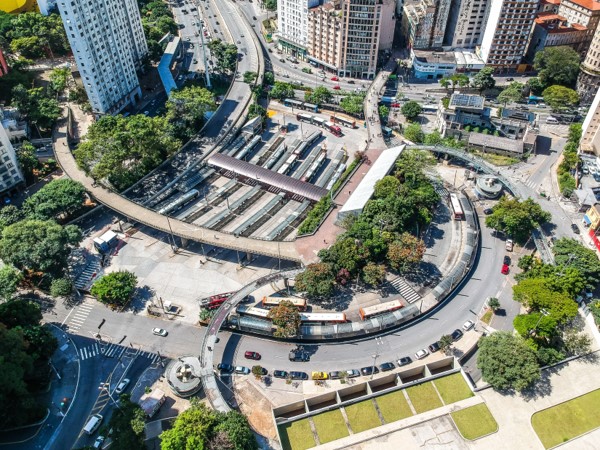A this point in time many technologies exist, that people refer to as ”smart cities”. Therefore, it is rather difficult to provide and exact definition of this term. Generally speaking, the concept of a smart city implies integrating multiple information and communication technologies (ICT) and the Internet of things (IoT) solutions for urban property management. The city assets include schools, libraries, transport, hospitals, power plants, water supply and waste management systems. Moreover, local information systems departments, law enforcement agencies and other public services also belong to the assets of the city.

The purpose
The purpose of creating a smart city is to improve the quality of life of the residents. The employed urban information technologies improve the service efficiency and thus allow to better address the needs of the population. ICTs allow the city authorities to directly interact with the communities and urban infrastructure. Therefore, the authorities have the ability to directly monitor what is happening in the city and how it is developing. This information helps them to find ways to improve the quality of life.
Real-time sensors and various other devices accumulate data from urban residents, which are consequently processed and analyzed. The gathered information is the key to solving inefficiency problems. The purpose of the ICTs is to improve the quality, productivity, and interactivity of city services. They also help to reduce costs and resource consumption, and improve communication between city residents and the state.
The application of the smart city technology aims at improving the management of urban flows. Ideally, smart cities will allow a much quicker response to complex tasks than the conventional cities. Therefore, a smart city is more prepared to solve arising problems than a simple city with conventional relationship with its citizens.
Terminology
As mentioned above, the definition of a smart city still remains debatable. The following four factors have a very big influence on the definition [1]:
- The use of a large set of electronic and digital technologies in the city and its society.
- Using ICTs to transform life and work environments within the region.
- Introducing these technologies to government systems.
- Uniting ICTs and people in order to enhance the innovations and knowledge that they offer.
Deakin [2] defines a smart city as a city that uses ICTs to meet the needs of the market (city residents. According to him, public involvement in the process is a necessary condition for a smart city.
Main examples
From 1999 to 2010 the Forum of Intellectual Communities has been issuing awards for the main strategies and achievements related to the intelligence of cities. The following cities have received this award: Suwon (South Korea), Stockholm (Sweden), Gangnam district in Seoul (South Korea), Waterloo, Ontario (Canada), Taipei (Taiwan), Kobe (Japan), Glasgow (Scotland, United Kingdom), Calgary (Alberta, Canada) , Seoul (South Korea), New York (USA), Lagrange, Georgia (USA) and Singapore. All these cities were noted for their efforts in the development of broadband networks and Internet services, for supporting the innovation ecosystem, growth and integration.
Several cities nowadays are actively using the smart city technologies. These cities include Amsterdam, Barcelona, Moscow, Kiev, Manchester, Milton Keynes.
This was our brief introduction to the topic. Of course, much more information about smart cities can be found online
[1] Deakin, Mark. “From Intelligent to Smart Cities”. Journal of Intelligent Buildings International: From Intelligent Cities to Smart Cities. 3 (3).
[2] Deakin. From intelligent to smart cities // Smart Cities: Governing, Modelling and Analysing the Transition. — Taylor and Francis. — P. 15.